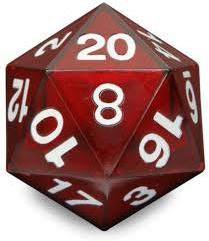What I should have asked is has anybody made one from a solid piece of metal? Looks to be quite a challenge
I haven't done it (machined an icosahedron), but the old techniques for gem faceting ought to
handle the task. First, tack-weld a stick to the raw material block, and put that stick in a suitable (ten positions) indexing
fixture; tilt the fixture and mill the top five facets, then tilt the fixture and do five more, tilt it farther and do five more...
Then saw off the stick.
Finally, clamp the item down onto its former apex point (into a prepared seat with five
wedges) which is tilted appropriately, and mill/rotate/mill/rotate... the last five facets.
It takes four different accurate mill height settings, which can be computed with some minor difficulty.
Wedging the seat, tilting it correctly will need... geometry work.
For extra credit, substitute grinder for mill.


